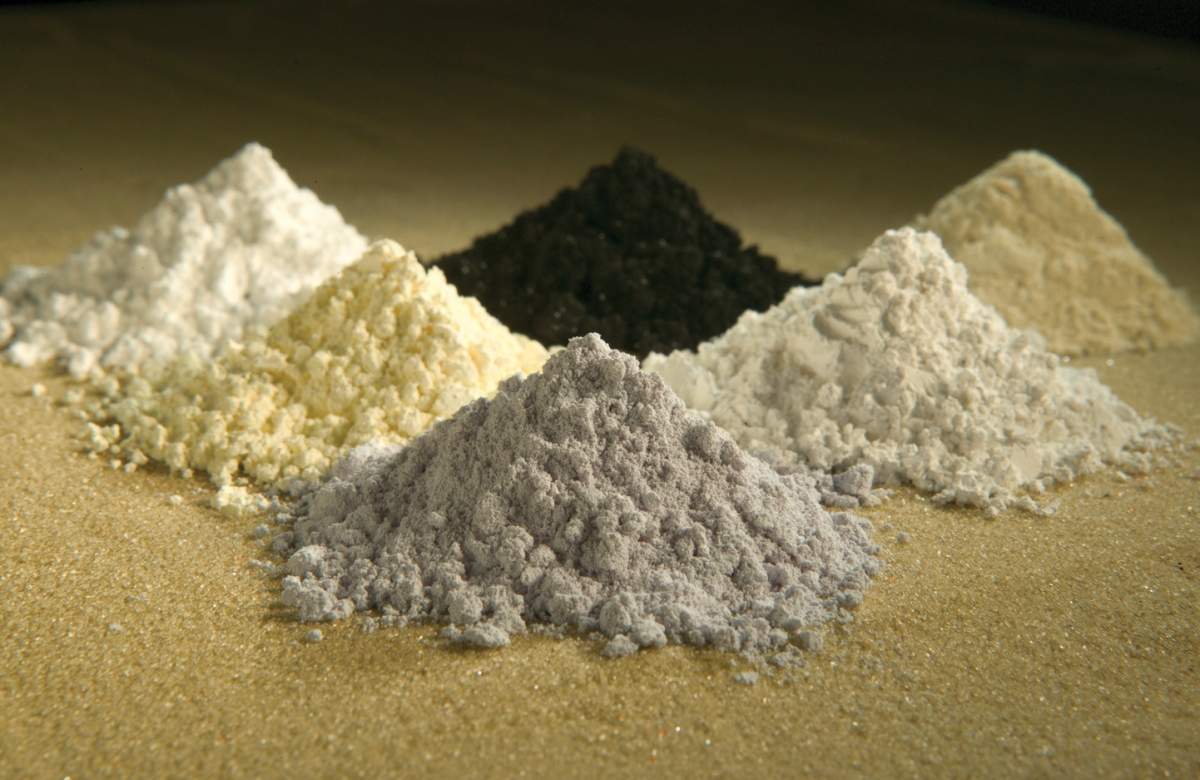
Rare earth elements (REE) play a vital role in increased production of clean energy and associated technologies. They increase performance in electric power steering motors, wind and hydropower turbines, high-performance batteries, energy-efficient appliance motors, magnetic refrigeration, and fuel cells that contribute to reducing greenhouse gas emissions and our dependence on fossil fuel. In particular, neodymium and praseodymium (Nd-Pr), which are most commonly used in the manufacture of permanent magnet alloys, saw a rise in popularity in 2017. The use of permanent magnets in electric motors for hybrid and electric vehicles is forecast to create strong and sustained demand growth for these materials.
China’s monopoly exposed
The REE industry experienced significant changes in 2017, causing prices for many to increase and spark renewed interest from project developers and existing producers alike. China remains the major power in the REE industry, accounting for more than 80% of supply, and over 66% of global demand in 2017.
There was a sharp spike in the REE prices in 2010, as China cut back on REE exports triggering a global price uncertainty. This exposes the superpower’s monopolistic grip on materials that are critical to dozens of high-tech industries. REE supply in China has tightened in 2017 due to stringent environmental inspections, government stockpiling, increased trading activity and demand growth for many other applications.
Tighter supply in China and increasing prices has led to the accelerated development in the non-Chinese rare earth discoveries, with projects in Australia, Russia, Brazil, Canada, Burundi, Japan and Tanzania. The increase in non-Chinese production is expected to significantly reduce China’s stronghold on REE supply, though China is expected to remain the major supplier of REE products to the global market
A shift to global production
According to a US Geological Survey report in January 2018, global reserves of rare earth metals is estimated at 120 million tonnes of which China alone has 37% or 44 million tons (Mt) of reserve. Brazil and Vietnam jointly occupy the second position with 22 Mt of reserve each, followed by Russia in the third place with 18Mt. India, Australia and United States come next with 6.9Mt, 3.4Mt and 1.4Mt respectively.
China has been the leading producer of REE since the 1990s. It produced an estimated at 130Mt followed by Australia, Russia and Brazil with 20,000t, 3,000t and 2,000t of production in 2017.
How well do you really know your competitors?
Access the most comprehensive Company Profiles on the market, powered by GlobalData. Save hours of research. Gain competitive edge.

Thank you!
Your download email will arrive shortly
Not ready to buy yet? Download a free sample
We are confident about the unique quality of our Company Profiles. However, we want you to make the most beneficial decision for your business, so we offer a free sample that you can download by submitting the below form
By GlobalDataChina’s decision to restrict imports of REE in 2010, on the grounds of limited resources and environmental concerns resulted in sharp increase in REE prices in 2010. The decision also resulted in REE stockpiling for future uses, increased development and exploration of deposits outside China, and new efforts to conserve, recycle and find substitutes for and among REEs
The US and China are entangled in a trade dispute, and China could once again impose a tariff on REE as it did in 2010. This would put the US companies at a competitive disadvantage as China supplies between 85% and 95% of global demand for the 17 rare earth powders and metals used in high-tech applications such as smartphones, catalysts, LED screens, polishing. The quotas, which were first implemented in 2009 were further curtailed by 35% in 2010. This caused price spikes then, for example the price of rare earth byproduct dysprosium oxideshot up from $166 per kilogram in 2010 to nearly $1,000 per kilogram in 2011.
Japan’s time to shine?
Discovery of rare earth resources of 16Mt have put Japan among the top countries having such large volume at its disposal. However, the resources are located in sea-bed at a depth of over five kilometers below the surface and at a distance of 2,000km south-east of Tokyo. The challenge at hand is to devise a commercially viable technique to extract the deposits as presently there is no profitable way of extracting rare-earths from that depth.
Moreover, as per experts it takes almost ten years or more to advance a rare-earth project from discovery to full scale commercial mining in land. In this case, the actual extraction could take an even longer time. Japan would still need to rely on China and private miners like Lynas Corporation among others for continued supply of Nd-Pr.
Therefore, China will continue to play a significant role in the strategic rare-earth market in the near future. Japan, if successful in extracting minerals economically from the sea-bed can bring a price-parity in the global market and check Chinese hegemony by exporting REE’s in the global market after meeting domestic demand.
But considering the limitations of existing methods of production, as well as the lengthy timeline of bringing rare earth projects to fruition, China’s rare earth monopoly will unlikely be challenged in the near future.



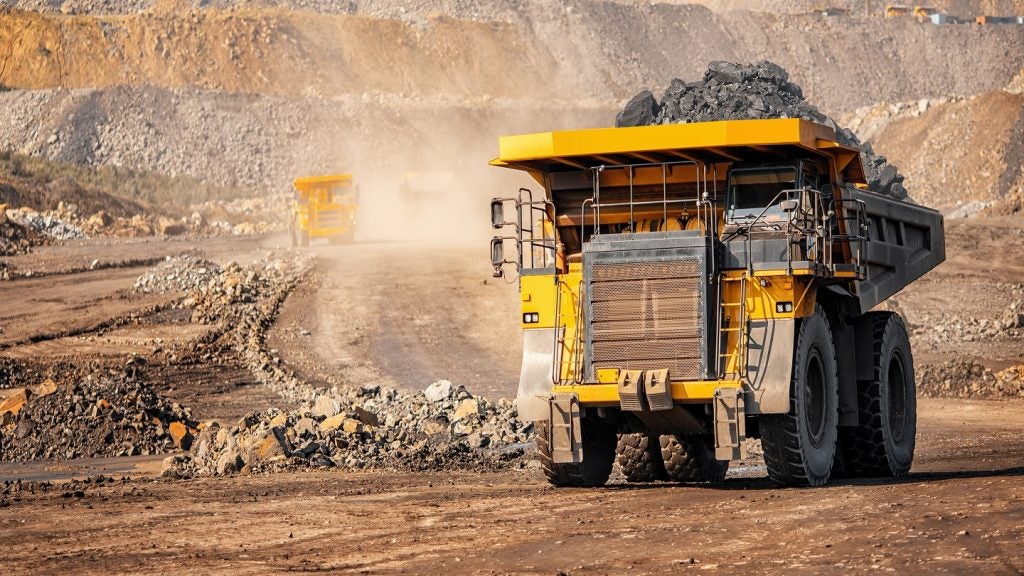
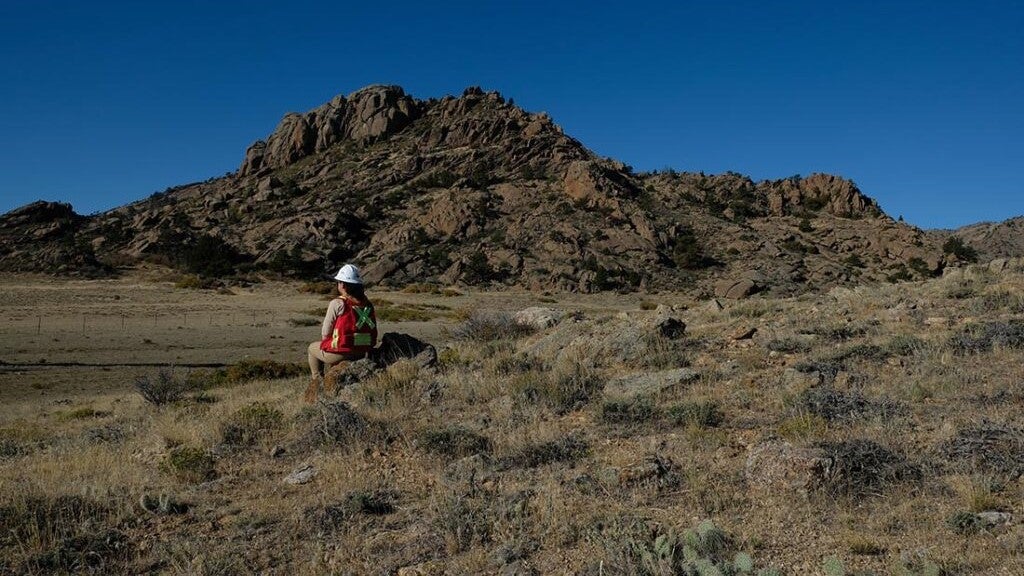
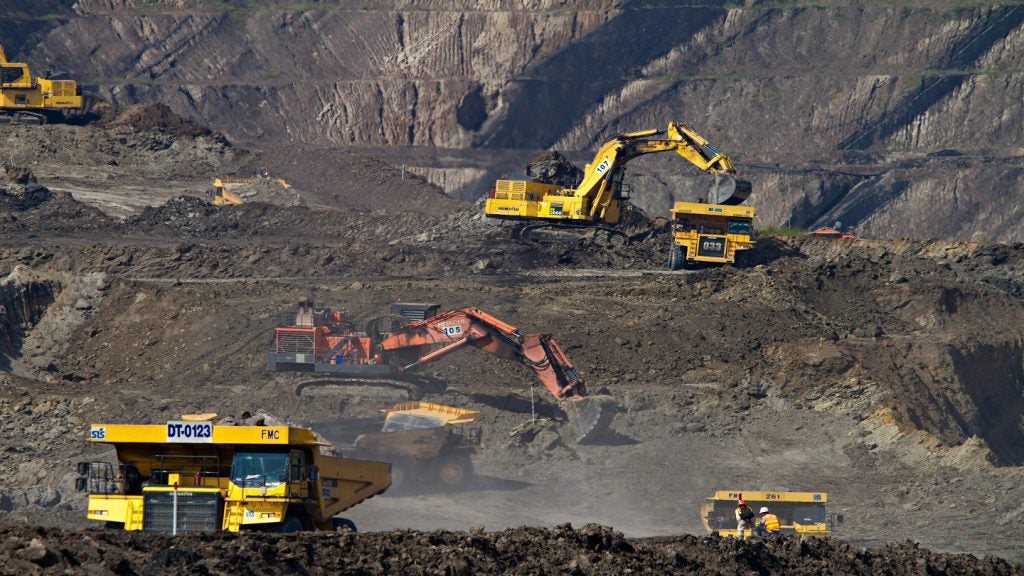
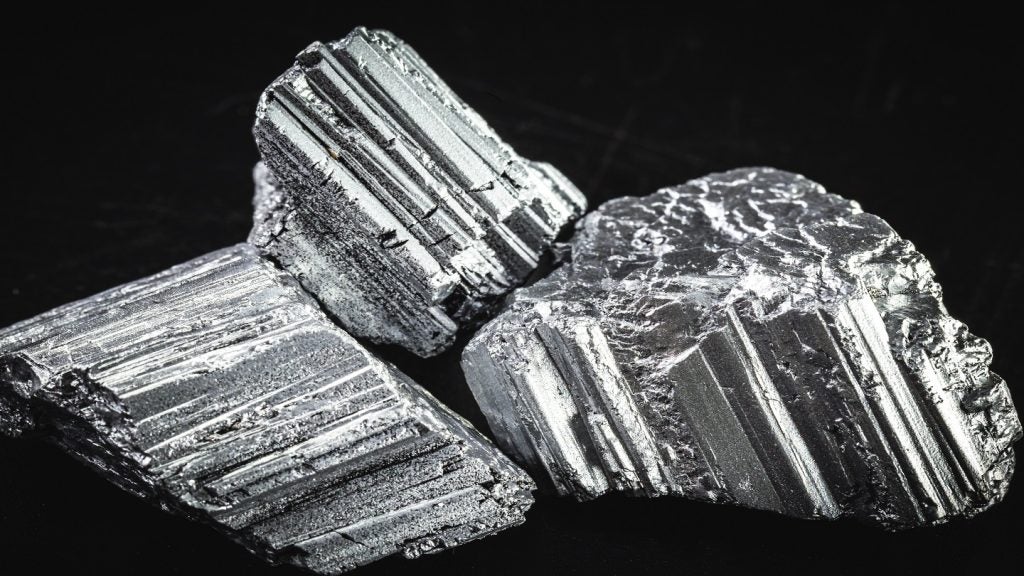

Related Company Profiles
Lynas Rare Earths Ltd
US Geological Survey